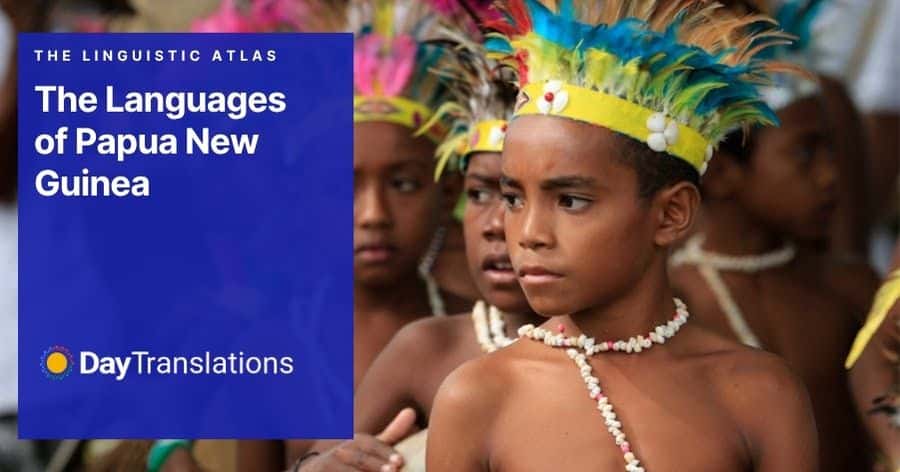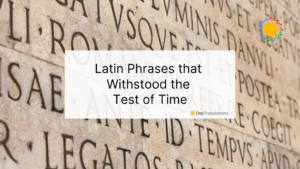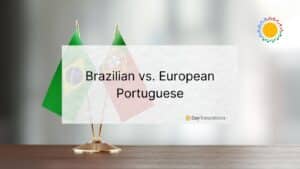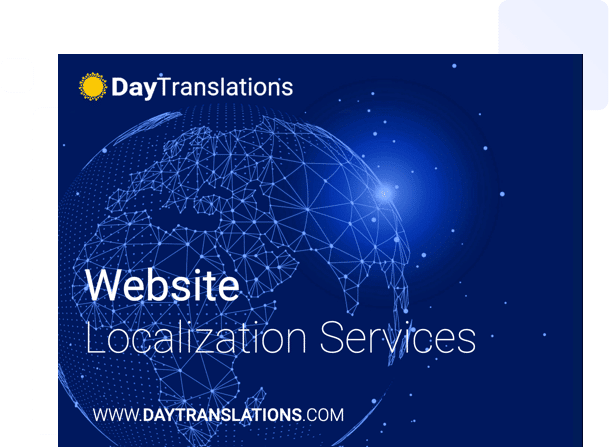Papua New Guinea is an independent country in Oceania, situated on the eastern part of the island of New Guinea. And just like in Indonesia, its neighbouring state in the western part of the island, the number of languages spoken in Papua New Guinea is immense. To be more precise, the languages of Papua New Guinea amount to 839 indigenous languages, spoken by a bit more than 10 million inhabitants. For comparison, Indonesia has over 700 living languages. But if we take into account the fact that the population of Indonesia is about 280 million, it becomes even more obvious that the Papua New Guinea language diversity is unique.
So, if you ask yourself how many languages are spoken in Papua New Guinea, the correct answer is: a lot! As a matter of fact, this country is a global record-breaker, with the highest number of spoken living languages in the world.
What Country Has the Most Spoken Languages in the World?
Papua New Guinea is the world record holder when it comes to the most spoken languages in the world, with 839 languages. After Indonesia, in the second place, Nigeria is the third country when it comes to the number of spoken languages, with 525 languages. Interestingly enough, English is among the official languages in Papua New Guinea and in Nigeria. The only difference is that it’s the only official language in Nigeria.
China has 302 languages and comes fourth, while Mexico is the fifth country on this language list; 287 languages are spoken in this country.
Considering how many languages are spoken in Papua New Guinea, it should be highlighted that Tok Piskin is not a small language, especially given the historical circumstances that didn’t help it grow and flourish. With around 6 million speakers, Tok Piskin qualifies shoulder to shoulder with the speakers of some European languages, such as Norwegian and Finnish. While it’s not Mandarin Chinese or Spanish, this is still mid-sized lingo.
Official Languages of Papua New Guinea
The total number of languages in Papua New Guinea and the number of official languages are very different. As a matter of fact, there are only three languages used daily by the inhabitants of this Oceanic country: English, Hiri Motu, and Tok Piskin.
English
The matter of language diversity is always closely related to the historical, sociological, and political events. Since Papua New Guinea was under the Australian colonial rule from 1906 until 1975, English has become the predominant language in public administration, the school system, and in business operations. Given the number of languages spoken in Papua New Guinea and its geography, not all people in this country speak English as their mother tongue. However, it’s obligatory for everyone going to school or university or working in public administration.
Tok Pisin
Tok Pisin is one of the original official languages of Papua New Guinea. A Creole language, Tok Pisin came to be as a combination of two or more languages. Its name is a combination of the English terms talk and pidgin. When wondering what languages are spoken in Papua New Guinea, it’s good to know that English is often the base for some other local Creole languages, as well. In reality, there was another indigenous language, but as English was gradually introduced in more and more areas of life, some new languages were developed as a mixture of the local lingo and English. With more than 6 million speakers, Tok Pisin is the most widely used Papua New Guinea Language. This is the language that most citizens of Papua New Guinea speak in their everyday activities and informal situations.
Hiri Motu
When thinking about how many languages in Papua New Guinea have more than 100,000 speakers, Hiri Motu is one of the three correct answers (the other two having been explained above). The third official language in Papua New Guinea, Hiri Motu was derived from Motu, which used to be a local indigenous dialect. Once it started mixing with English, Hiri Motu gradually became the third Papua New Guinea language in terms of appearance, mostly spoken in the area around Port Moresby, the capital of Papua New Guinea.
How Many Languages in Papua New Guinea Aren’t Official?
Having discussed the three official languages in Papua New Guinea, there are 836 linguistic entities to be discussed. Since most of them are spoken by fewer than 100,000 people, none of them takes a spotlight place on the global language map. Still, those are languages indigenous to certain geographical areas, as well as towns and villages, and each of them witnesses the historical presence of the people in that particular region.
For instance, Kunua, Huli, and Enga are also some of the smaller languages in Papua New Guinea. Kunua is spoken in the North Solomon Islands, while Huli and Enga are used in the Highlands. Dobu is one of the Austronesian languages of the Milne Bay Province, while Golin is a Papua New Guinea language limited to the Gumine District, Simbu Province. We won’t go on and on with all the remaining 836 languages in Papua New Guinea, but this is just a quick insight into this incomparable linguistic and geographical diversity.
Languages of Papua New Guinea: What the Future Brings
English is here to stay as the main official language in Papua New Guinea, without any doubt. However, since it’s restricted mostly to the institutional jargon and slang, it’s not too likely to keep expanding when it comes to the number of speakers. Of course, the foreigners who will be coming to this country are most likely to use English for everyday communication. Also, the influence of Australia will remain strong in the time ahead, in the cultural, social, and political sense. Therefore, English remains the lingua franca in Papua New Guinea.
As opposed to that, Tok Piskin is more likely to keep developing as the population of Papua New Guinea is growing. Also, some of those foreigners will learn some of the Austronesian languages and dialects, as well.
Finally, some new Creole languages might be born at the crossroads of English and some smaller indigenous languages of Papua New Guinea.












Sorry, the comment form is closed at this time.